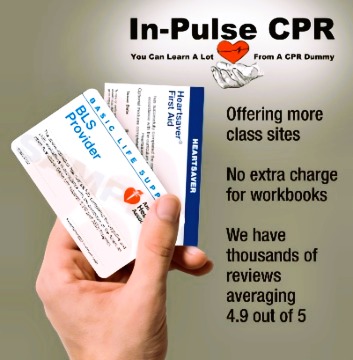🩺 AHA 2025 Medical Professionals Guide: Critical Changes for Healthcare Providers
Introduction
The American Heart Association (AHA) has released its 2025 updates to the Guidelines for CPR and Emergency Cardiovascular Care (ECC) and to Hypertension Management. These evidence-based revisions impact prehospital responders, hospital teams, and clinicians focused on cardiovascular prevention and resuscitation outcomes. Below is a concise summary of the key updates most relevant to medical professionals.
Major CPR & ECC Updates (2025)
- Unified Chain of Survival:
A single, standardized Chain of Survival now applies across all settings — adult and pediatric, in-hospital and out-of-hospital — emphasizing integration between community response and post-arrest care systems. - Revised Choking Algorithm:
For responsive adults and children, alternate 5 back blows with 5 abdominal thrusts until airway clearance or loss of responsiveness. For infants, alternate 5 back blows with 5 chest thrusts (abdominal thrusts are not recommended in infants). - Opioid-Associated Emergency Algorithm:
Expanded guidance emphasizes rapid assessment, early naloxone administration (by laypersons or trained providers), and immediate initiation of CPR if no normal breathing or pulse is detected. - Post–Cardiac Arrest Temperature Control:
Continue targeted temperature management for ≥36 hours for unresponsive adult patients following ROSC to optimize neurological outcomes. - Ethics in Resuscitation:
A new dedicated chapter outlines principles surrounding end-of-life decision-making, withdrawal of care, equitable resuscitation practices, and ethics education for providers. - Education and Systems of Care:
Reinforces the importance of simulation, debriefing, and high-quality training metrics. The AHA now recognizes that children aged 12 years and older can effectively learn CPR and AED operation.
Hypertension Guideline Highlights (2025)
- Treatment Thresholds and Targets:
The <130/80 mm Hg target is maintained for most adults, but clinicians are urged to initiate interventions earlier to prevent cardiovascular, renal, and cognitive complications. - Risk Stratification:
Introduction of the PREVENT™ Equation to replace prior ASCVD risk calculators, providing improved prediction of both short- and long-term cardiovascular events. - Therapeutic Sequencing:
For adults with BP ≥130/80 mm Hg and low calculated risk (<7.5%), pharmacologic therapy should be initiated if lifestyle modification for 3–6 months fails to achieve targets. - Special Populations:
Expanded recommendations for chronic kidney disease, pregnancy, resistant hypertension, and older adults — emphasizing individualized care. - Diagnostic Screening:
Routine urine albumin-to-creatinine ratio testing is now recommended for all adults with hypertension. Screening for primary aldosteronism is advised for resistant hypertension, even in the absence of hypokalemia. - Lifestyle Reinforcement:
Renewed focus on dietary patterns (DASH or Mediterranean-style), regular aerobic activity, weight reduction, limited alcohol intake, adequate sleep, and stress management.
Clinical Impact
These updates refine the standard of care for both emergency response and chronic cardiovascular management. For healthcare providers, staying aligned with AHA guidelines ensures continuity in evidence-based practice, improves patient outcomes, and supports consistent national training standards.
Stay Current with AHA-Certified Training
In-Pulse CPR delivers AHA-approved BLS certification and renewal courses for medical professionals across Minnesota, Florida, Pennsylvania, and Tennessee. Our programs are changing to incorporate the 2025 updates to ensure clinicians maintain compliance and confidence in high-acuity situations.



